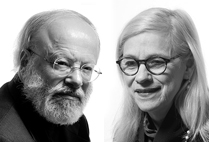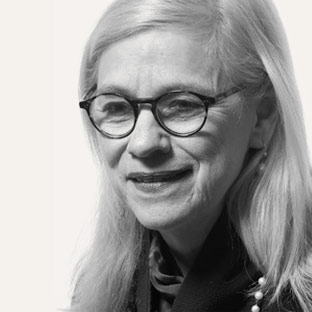Partial transcript of conversation at Fleming’s Steakhouse, 11:15–11:30 p.m., November 6, 2012. Homeland Security Ref. 2012/1106/Bos/A44976319. (Declassified December 21, 2012)
Able: Well, at least we don’t have to go to the victory celebration.
Baker: And we can forget about being invited to the White House.
Charlie: Who needs it?
Baker: Only temporary; there’s lots of life after defeat.
Charlie: It’s good to be pro-life….Life panels are always better than death panels.
Able: Life, now that’s something worth celebrating.
Baker: God bless Romney. He nailed that one in Iowa when he told that Iowa heckler, “Corporations are people, my friend.”
Able: Yeah, right in the face of that professor guy at BU who seems to think corporations are dead and can only talk in “corpse speak.”*
Charlie: Isn’t he the hippie professor who likes Bob Dylan? Let’s get real. I’ll take Romney’s point: corporations are people, and they’re very much alive! Anyway, Jim Collins could set this Dylan disciple straight: “Genetic engineering on steroids.”** Didn’t he say that’s the way to think of synthetic biology?
Baker: Jim who?
Does what you call it matter? Synthetic, artificial, virtual? Isn’t the key that it is man-made? Sure worked for Mary Shelley.
Charlie: Collins. At least I think that’s what the CEO of my favorite company, LifeMadeEasy, Inc., told me. He also said we’re getting closer every day to making synthetic life-forms to eat oil spills and reduce pollution.
Able: Boy, that sounds like it should sell stock! Stock on steroids….But does what you call it matter? Synthetic, artificial, virtual? Isn’t the key that it is man-made? Sure worked for Mary Shelley.
Baker: Yes, yes, man-made; like the CFO of my first DNA company used to say in the olden days, “DNA makes RNA makes money.” That’s what I call life!
Able: No contest. Corporations are created by man, we get that one; and they eat resources, grow, and evolve.
Charlie: Yes, corporations literally are the life of the party. We lost the election, but we won that one. My LifeMadeEasy CEO told me a guy named Hoffmann, I think that’s his name, said that the most basic attribute of life is that it is “self-sustaining, self-organizing activity.”*** Sure sounds like he’s talking about corporations!
Baker: God (did I say God?! I should have said, “God bless America.”). It gets better. My favorite corporation, ExxonMobil, even has DNA.**** Let’s face it, the corporation is an incredible life-form—and transnational corporations are the most powerful and creative life-form on the planet.
Able: More and more attributes of life. They have incredible self-defense mechanisms and are to all extents and purposes immortal. And they make baby corporations like crazy.
Baker: Immortal?! Boy, I like the sound of that. Not just life, but immortal life. God, you have to love the law!
Able: Here’s to corporate law and the state of Delaware!
Charlie: Yes, presidents come and go, but our corporations live on forever.
Able: And synthetic life to reduce pollution?! Who do they think created the pollution in the first place?
Baker: Wow, I like it: the big-boy life-forms pollute the planet, and our new little-guy life-forms clean it up. We win both ways.
Charlie: I’ll drink to that.
Analyst’s annotations:
*The reference is to Christopher Ricks, BU’s William M. and Sara B. Warren Professor of the Humanities.
**The reference is to James Collins, a BU College of Engineering professor and a William Fairfield Warren Distinguished Professor.
***Physicist Peter Hoffmann makes this argument in his book Life’s Ratchet (Basic Books, 2012).
****The reference is to a line in Steve Coll’s book on ExxonMobil, Private Empire (Penguin Press, 2012).
George Annas is a William Fairfield Warren Distinguished Professor and a professor at the Schools of Medicine, Law, and Public Health, where he is chair of health law, bioethics, and human rights. Photo by Vernon Doucette



















































Related Stories
Looking for Extraterrestrial Life? Here’s a New Target
Charged oxygen in ionosphere may offer biomarker for exoplanets
BU Researchers ID Possible Biomarker for Diagnosing CTE during Life
MED’s Ann McKee calls findings a hopeful step
Biological Design Center Comes to Life
Finding better ways to produce clean energy, fight infection, attack cancer
Post Your Comment